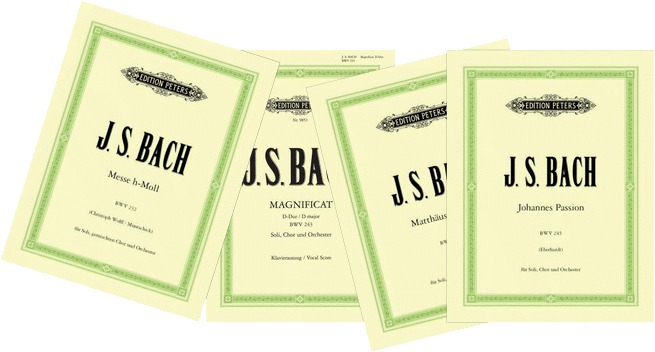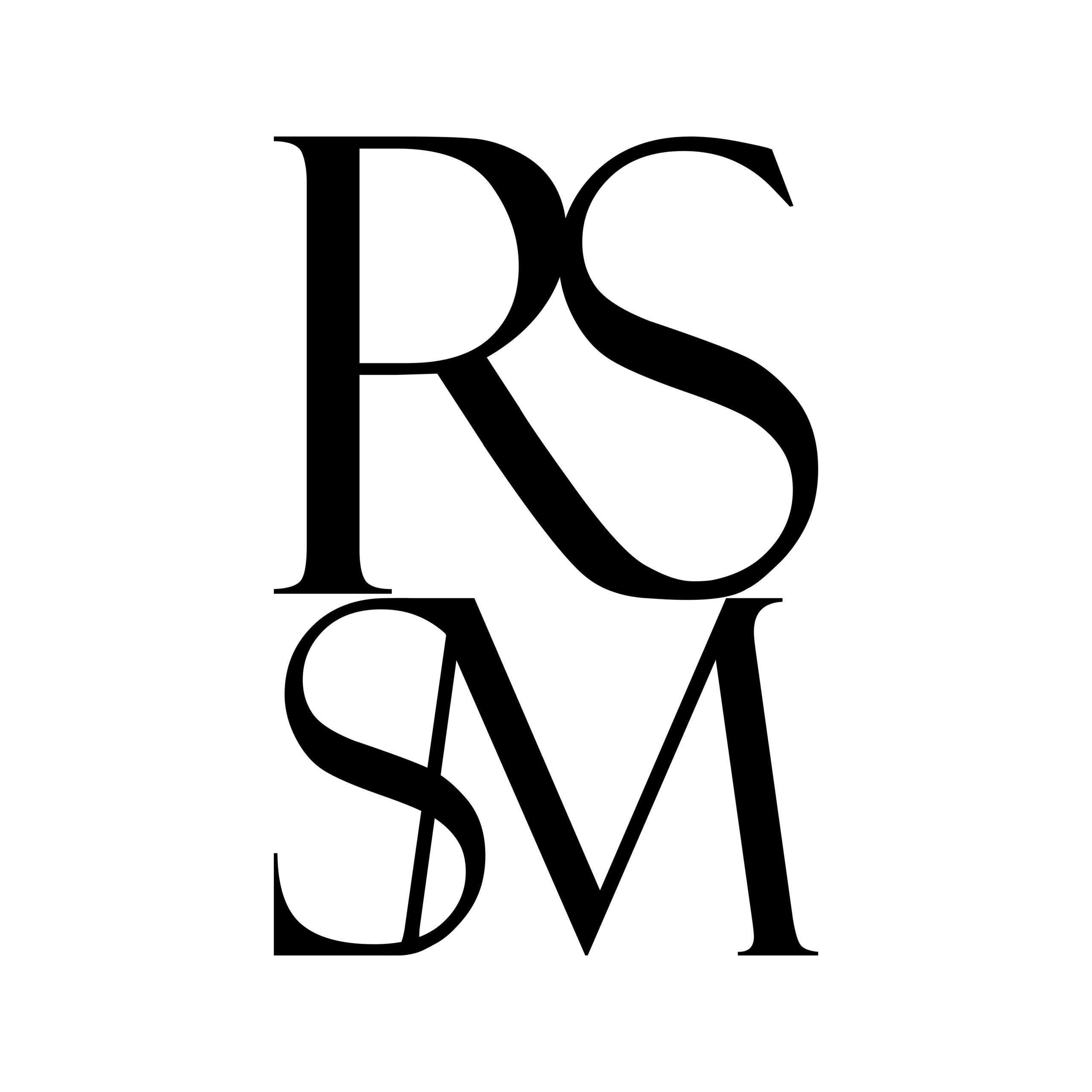Biography
As a child who grew up in Russia, I studied and performed mainly from the sheet music by the Muzyka publishing house. They were quite acceptable, the publishing house tried to match the level set by P. I. Yurgenson before the revolution happened.

But I was lucky that in my alma mater we performed immortal musical canvases released by Edition Peters, Edition Breitkopf and other whales of the German publishing school. Thanks to them, I could see in action the difference between “acceptable” and “good!” That is why I adhere to German engraving standards.
The job of a publisher is similar to that of a system administrator. The fewer problems, the less noticeable it is. Remember the last time you didn’t get irritated by sheet music? Let’s take a look at the most common problems and solutions:
Unknown source
Professional publisher
Dirty copy or poorly scanned sheet music. A clean, first time printed copy. Error-prone handwritten music. Proofreaded scores in vector PDF, giving the highest quality printout available. Sheet music typed by a person who does not have professional skills and believes that the editor program will do everything for him. Or even by a person with a lack of proper musical education. Sheet music layout by a professional musician and publisher who has prepared countless small and large works. A whole bunch of problems inherited from the previous point – too large, too small or just unreadable fonts, huge gaps on the pages. Merging or intersecting elements – slurs, ties, syllables. The use of proven musical and text fonts stemming from knowledge of the specifics and difficulties of solo, choral, ensemble and orchestral work as both a performer and a publisher. Here, in a nutshell, are the problems that a sheet music publisher takes on.


